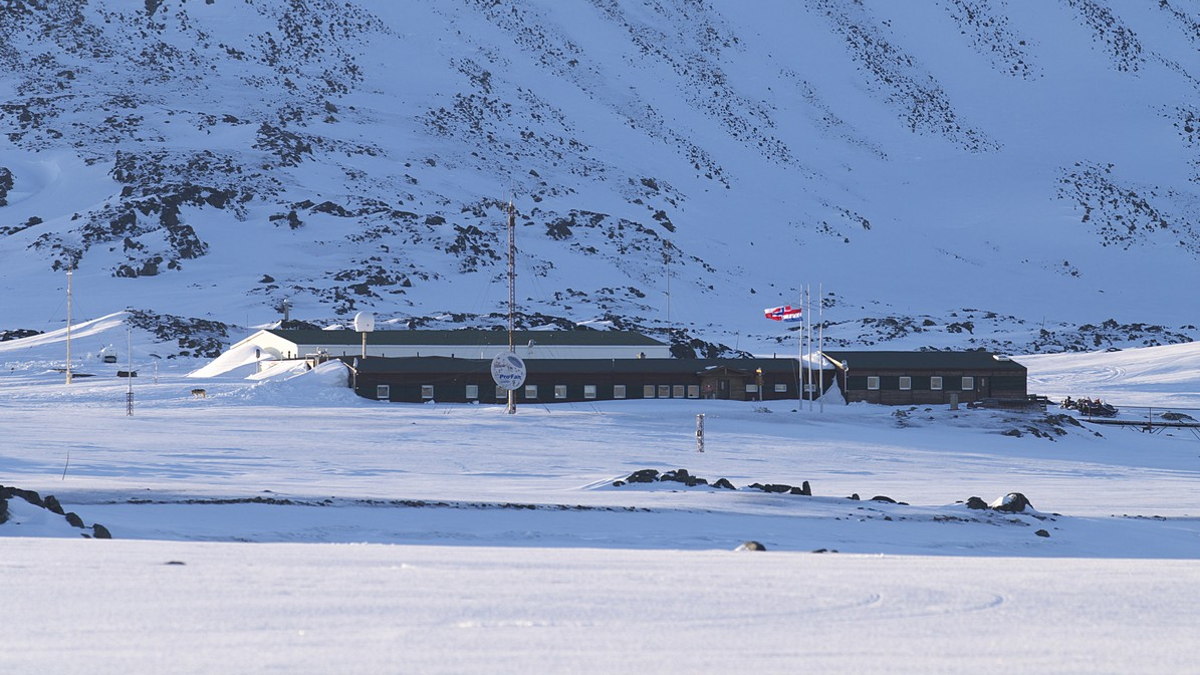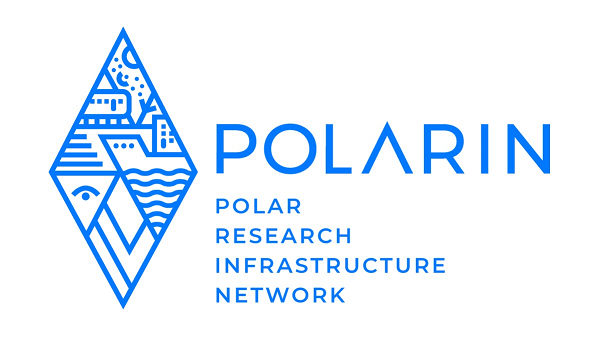Hornsund Polish Polar Station

Address
Polish Polar Station Hornsund9170 Longyearbyen
Svalbard, Norway
Station manager
Wlodzimierz SielskiStation Features
Opening year: 1957 Status: OpenFacilities
Station name and owner
The Polish Polar Station, Hornsund belongs to the Institute of Geophysics of the Polish Academy of Sciences.
Location
The station is situated on the northern shore of the Hornsund Fjord in the centre of the South Spitsbergen National Park (8504 km2), Svalbard Archipelago. Longyearbyen – the capital of Svalbard with harbor and airport is located approximately 180 km northward.
Climate data
Grey colours are WMO Climate Normals including maximum and minimum values. Blue colours are individual years.
Climate data for the stations where extracted via Copernicus Climate Data Store, from the global gridded reanalysis product:
ERA5 monthly averaged data on single levels from 1940 to present.
Description and source code: Roemer J.K. 2023. https://doi.org/10.5281/zenodo.10214922
Data Source: Hersbach et al. 2023. Copernicus Climate Change Service (C3S) Climate Data Store (CDS), https://doi.org/10.24381/cds.f17050d7
Biodiversity and natural environment
The landscape of the South Spitsbergen National Park is dominated by mountains and glaciers. A narrow band of plains and raised marine terraces covered with tundra vegetation (including various species of lichens, mosses, flowers, and shrubs) stretches along the shores of the fjord. Reindeers, arctic foxes, polar bears and many bird species can be observed in the vicinity of the station.
History and facilities
The Polish Polar Station was established in 1957, as a winter base during the 3rd International Geophysical Year 1957/1958. In the 1970s, it was used by Polish research expeditions during summers only. The station was renovated in 1978 and has been in operation year-round since then. Today, the station is a modern research platform with access to well-equipped laboratories, satellite communication, and internet. Accommodation, washing, and cooking facilities for 20 visitors (in addition to the permanent staff of 10 persons) are in the same building. There is also a well equipped workshop, a boat house, and storage for instruments and field equipment. The station lounge has a multimedia projector, white screen, and a 60” HD LCD TV and is used for scientific seminars and conferences for up to 20-30 participants.
General research and databases
The research at the Polish Polar Station focuses on meteorology, glaciology, monitoring of geophysical fields (i.e. seismology, geomagnetism, atmospherical electricity), permafrost, and geomorphic processes. The main study objectives are related to the evolution of the high arctic environment with respect to Climate Change. Projects include the research on mass and energy balance of glaciers, fluctuations and changes of their hydrothermal state, and dynamics of tidewater glaciers and their interaction with the ocean. Changes in marine and terrestrial ecosystems are systematically studied, including a strong ornithological component. Existing databases include meteorological and glaciological records (www.glacio-topoclim.org), geophysical data (collected in several world data centres), as well as marine and terrestrial biological parameters. There is a bibliography of publications arising from research at the station.
Station Monitoring
Human dimension
There are no settlements located in the near vicinity of the station, which in general is only accessible for research purposes. Longyearbyen, the administrative center and the largest settlement of Svalbard, is situated approximately 140 km north of the station.
Access
The Station can be reached from Longyearbyen by boat (summer season), snowmobiles (spring season) or by helicopter (year-round). There are no roads between the station and other Svalbard’s settlements.


